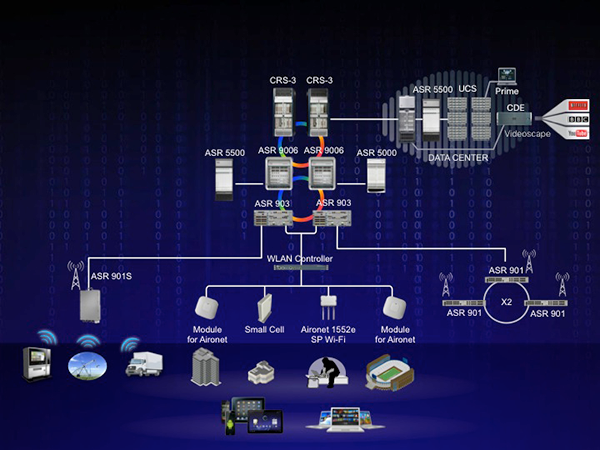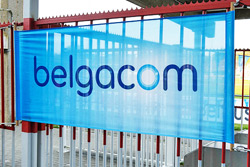Belgacom has selected Cisco to provide evolved packet core technologies for its new 4G LTE network in a bid to provide faster mobile broadband services.
The Belgian incumbent launched its first commercial 4G LTE network last November.
Cisco ASR 5000 series is a purpose-built mobile packet core solution that includes a multimedia services platform, co-located Gateway GPRS Support Nodes (GGSN), the Serving Gateway (S-GW) and the Packet Data Network Gateway (P-GW) to simplify network topology, provide service uniformity and simplify management.
Unified management of existing 2G and 3G mobile internet services will also be possible with the ASR 5000.
“We are in the middle of an extremely big technology transformation. We see that the tech is growing very fast with the speed, but the services are becoming increasingly complex,” Cisco’s Paulo Garrido, Service Provider Mobility Business Development Manager for EMEAR, told Mobile Europe.
“A mobile network today needs to accommodate all the ways users use the system. The system has to be elastic to cope with throughput and session demands. In the case of Belgacom, with this platform they’re providing an interface between their network and the end users with the ability to monetise and optimise the traffic and sessions that go between their network and the end users.”
The ASR 5000 series usually connects to the operator network on top of an existing IP Core Network. The IP Core network has the role of assuring QoS/QoE, SLAs, MPLS services across the entire network and is configured to handle millions of sessions simultaneously.
In the diagram below, the IP Core is represented by the ASR9006 (which belongs to the ASR9000 IP/MPLS Core Routers from Cisco). The node aggregates traffic coming from various types of equipment such as small cells or WLAN controllers, interconnecting the IP Core network to eNobeB, NodeB radio sites.

Many different eNodeB nodes can be connected to a single aggregation network node at the same time using this architecture.
Moving forward, Cisco is integrating into its mobility and packet core solutions the ability to tap into the intelligence of the network in real time, according to Garrido. “[We want] to expose this data to a policy engine that will make important business decisions based on the customer profile,” he said.
“The key thing about big data is that it needs to be hardware and software agnostic [and] the architecture [needs to] combine network reach, network intelligence and network policy.
“There is a tremendous monetisation potential by combining siloes of information that don’t talk to each other, but having an intelligence layer below that which knows who the user is, the type of apps he has on his phone, and can collate that to provide new value for the consumer and for the operator.”
Cisco has so far won between 40-50 new packet core customers in EMEAR alone in the 12-month period from August 2012 to July 2013.
Read more:
Cisco makes big splash with data monetisation software launch for operators


